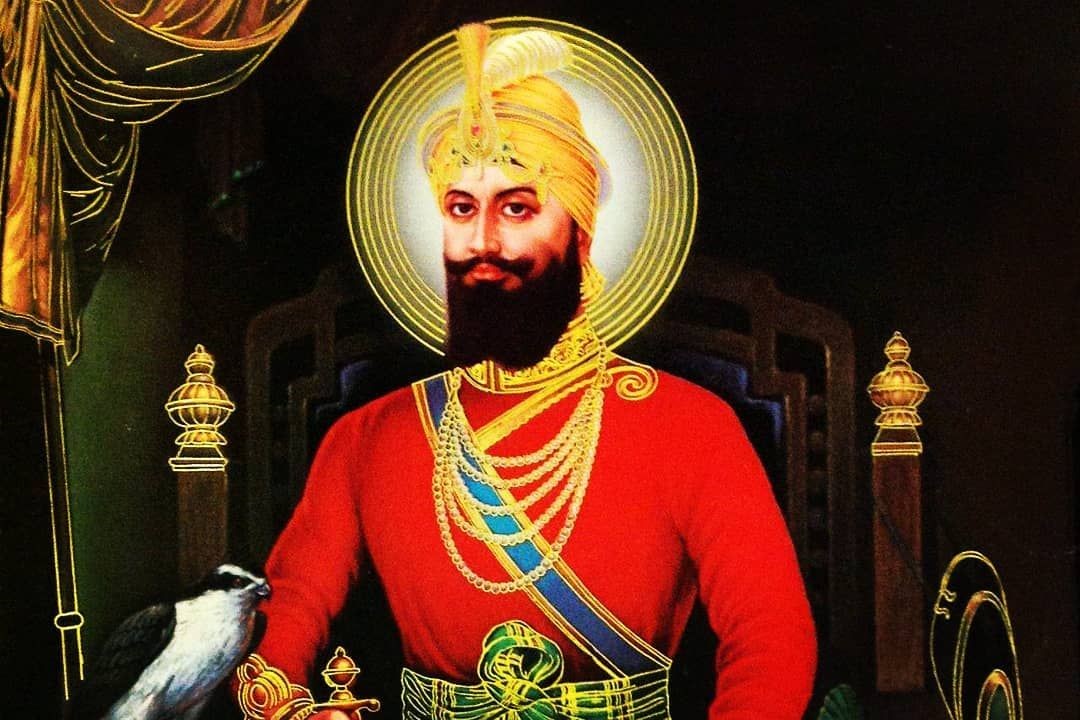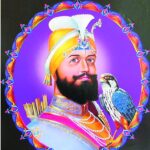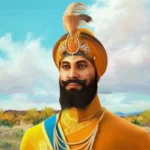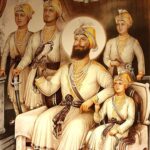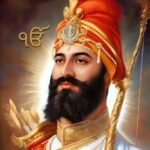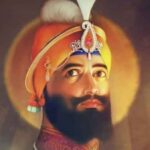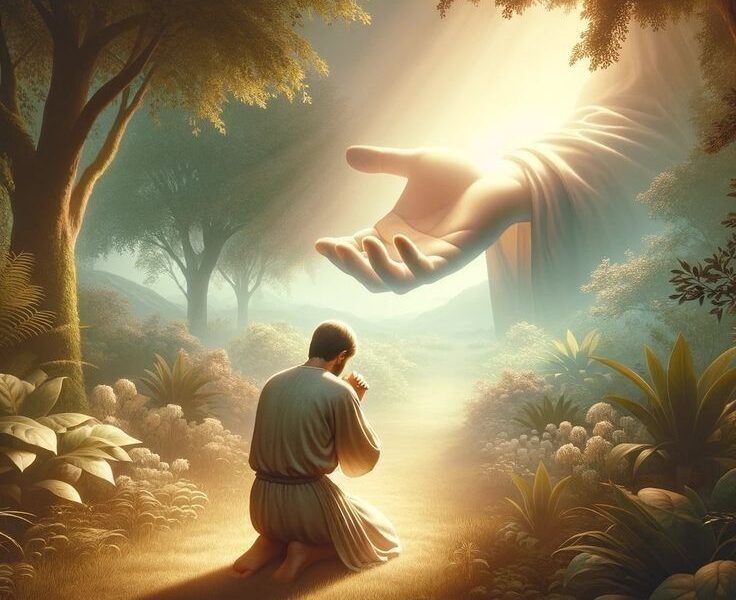Guru Gobind Singh has been the only son of Guru Tegh Bahadur, the ninth Sikh guru. Mata Gujri was his mother’s name. He was birthed in Patna, Bihar, India, on December 22, 1666. Gobind Rai was his first name. Guru Gobind Singh was the tenth and final Sikh Guru, a religious leader, philosopher, great warrior, and ruler. Guru Gobind Singh founded the Khalsa Panth on Baisakhi in 1699, which is considered the most significant day in Sikh history. Guru Gobind Singh Ji is said to have dedicated his life to aiding others and on the path of truth. People are still inspired by Guru Gobind Singh’s true teachings.
During his life, Guru Gobind not just preached to humanity about helping the poor, having compassion for all living creatures, and living in love and oneness, but he also did a huge amount for the betterment of society and the impoverished, as well as combating tyranny. His devotees are devoted to his teachings and hold their Guruji in high regard.
Here are some unknown facts of Guru Gobind Singh Ji
- Guru Gobind Singh Ji wrote the Jaap Sahib. Guruji was very much in languages such as Urdu, Persian Hindi, Sanksrit, Braj Bhasha, and Gurmukhi by the age of 19, and he also penned the “Jaap Sahib,” which describes the traits of Divine.
- Guru Gobind Singh Ji was born in Anandpur Sahib, which is now known as Rupnagar in Punjab. He fled his house and moved to live in the mountains of Nahan, Himachal Pradesh, after a dispute with Raja Bhim Chand. He traveled there after being invited by Mat Prakash, the Monarch of Sirmaur.
- Guru Gobind Singh established Paonta Sahib, a gurudwara in Paonta, a tiny town in the state of Himachal Pradesh. That is the same location where Guru Gobind Singh gave and penned his major teachings.
- He was named the tenth Guru of the Sikhs when he was nine years old. This occurred when his father, Guru Teg Bahadur, the ninth Guru of the Sikhs, was killed on the orders of Mughal Emperor Aurangzeb for declining to change religion and for sacrificing his life to safeguard Kashmiri Hindus.
- He formed the Khalsa society and Vani in 1699, with the motto “Wahe Guru Ji ka Khalsa, Wahe Guru Ji ki Fateh.” All of his followers were subsequently dubbed ‘Singh,’ which signifies lion in Hindi. On the very same day, the Sikhs established their famous five K’s or principles. Kesh, Kangha, Kara, Kaccha, and Kirpan are the five K’s. The Khalsa community is primarily made up of Sikhs, although their motto is to protect the victim and vulnerable members of society from abuse.
- Guru Granth Sahib contains all of Guru Gobind Singh’s teachings and was appointed as the Sikh community’s future Guru by Guru Gobind Singh personally.
- Things appeared to improve once Aurangzeb died and Bahadur Shah inherited the throne, as Shah was kind to Sikhs and named the Guru Hind Ka Pir. However, Wazir Khan, the Nawab of Sirhind, convinced Shah to assassinate Guru Gobind Singh to teach the Sikhs a lesson.
- Following multiple clashes with Garwali and Mughal authorities, Guru Gobind Singh penned Aurangzeb a Persian letter, later known as Zafarnama or the Epistle of Victory, wherein he reminded him of the Mughals’ misdeeds against the Sikhs. Later, in the war of Muktsar in 1705, he battled against the Mughals.
- Guru Gobind Singh believes that one should not use a sword unless all other options for resolving a quarrel have failed. As a result, he solely fought wars against discrimination and oppression. He was a huge fan of the arts and wrote a lot of poetry. He treated the Khalsa and Sikh communities as if they were his children.
- He was a weaponry and archery expert. In reality, he possessed the most valuable and rare weapons available at the time. Many Sikhs may be unaware of Bhai Bachittar Singh’s “Nagini Barcha” javelin, which he used to defeat a crazed elephant brought by Mughal troops to attack Sikhs in Chamkaur fort.
- In 1707, two assailants, Jamshed Khan and Wasil Beg were dispatched to assassinate Guru while he slept. Guru was stabbed in his sleep, but he fought back heroically, and the perpetrators were dead. On October 7, 1708, Guru Gobind Singh died of wounds.
- Guru Gobind Singh was married to three women. On June 21, 1677, he married Mata Jito at Basanthgarh. Jujhar Singh, Zorawar Singh, and Fateh Singh were their three sons together. He married his second wife, Mata Sundari, on April 4, 1684, and they produced a son named Ajit Singh. He married Mata Sahib Devan, his third wife, on April 15, 1700. She was dubbed “Mother of the Khalsa” by Guru Gobind Singh for her contributions to the spread of Sikhism.
